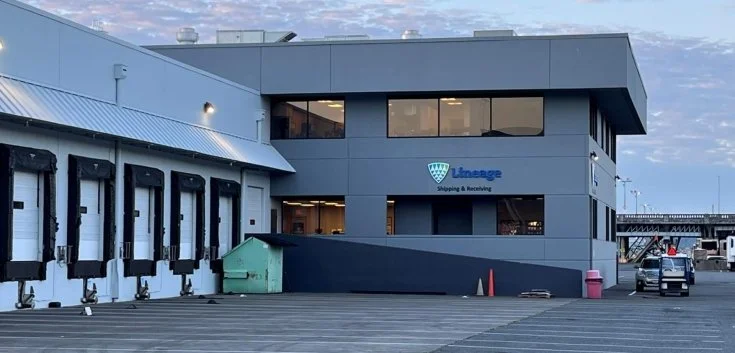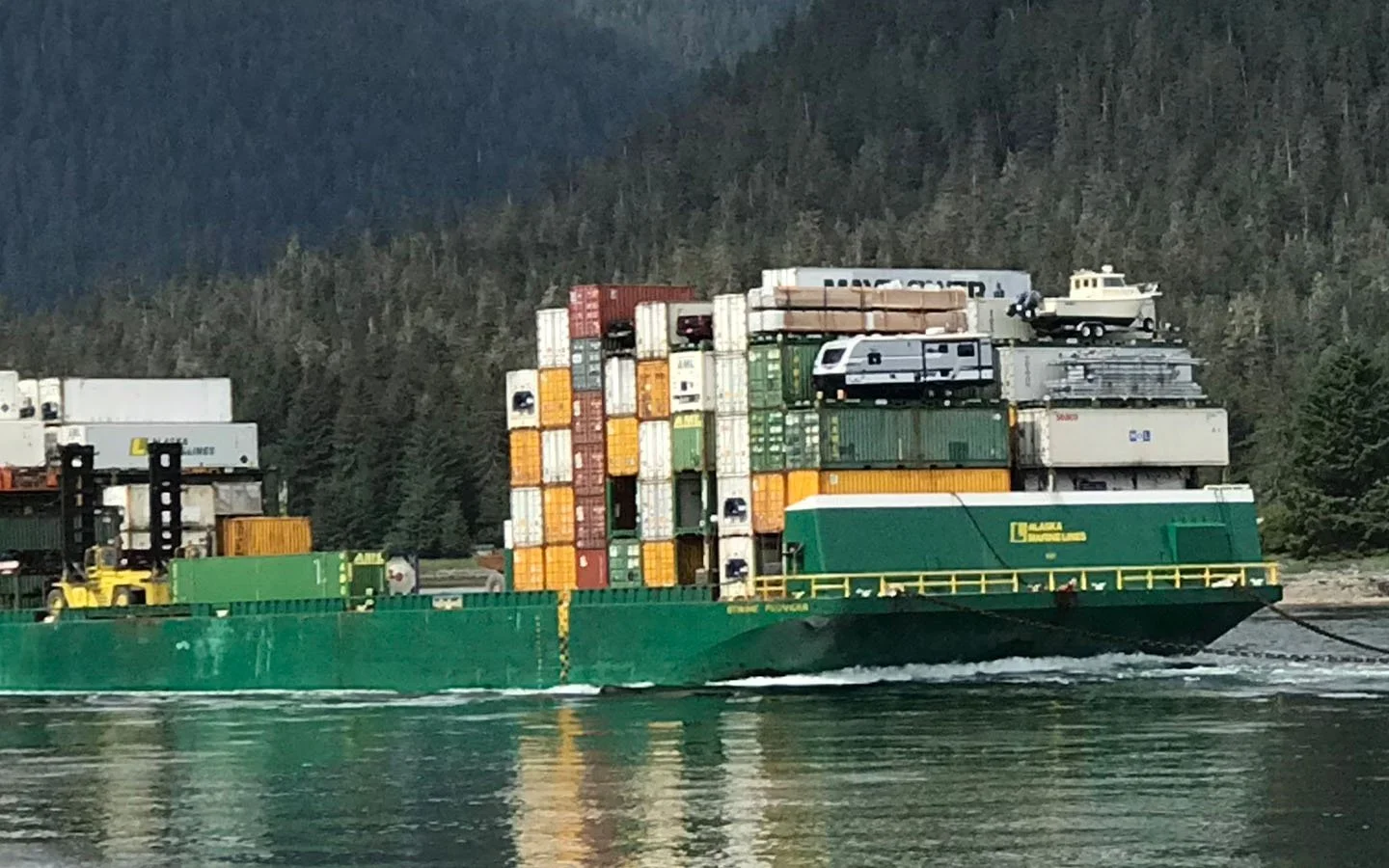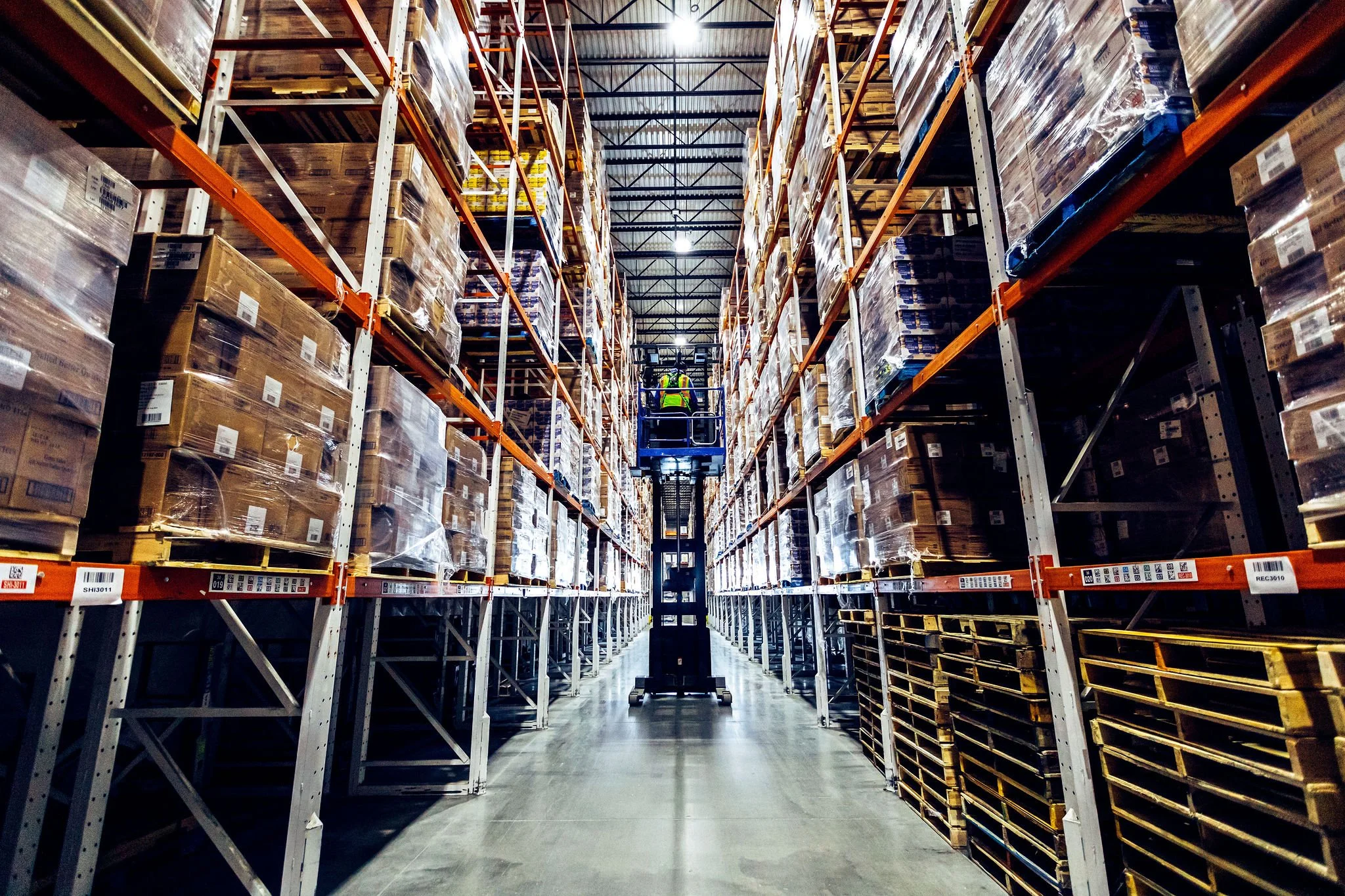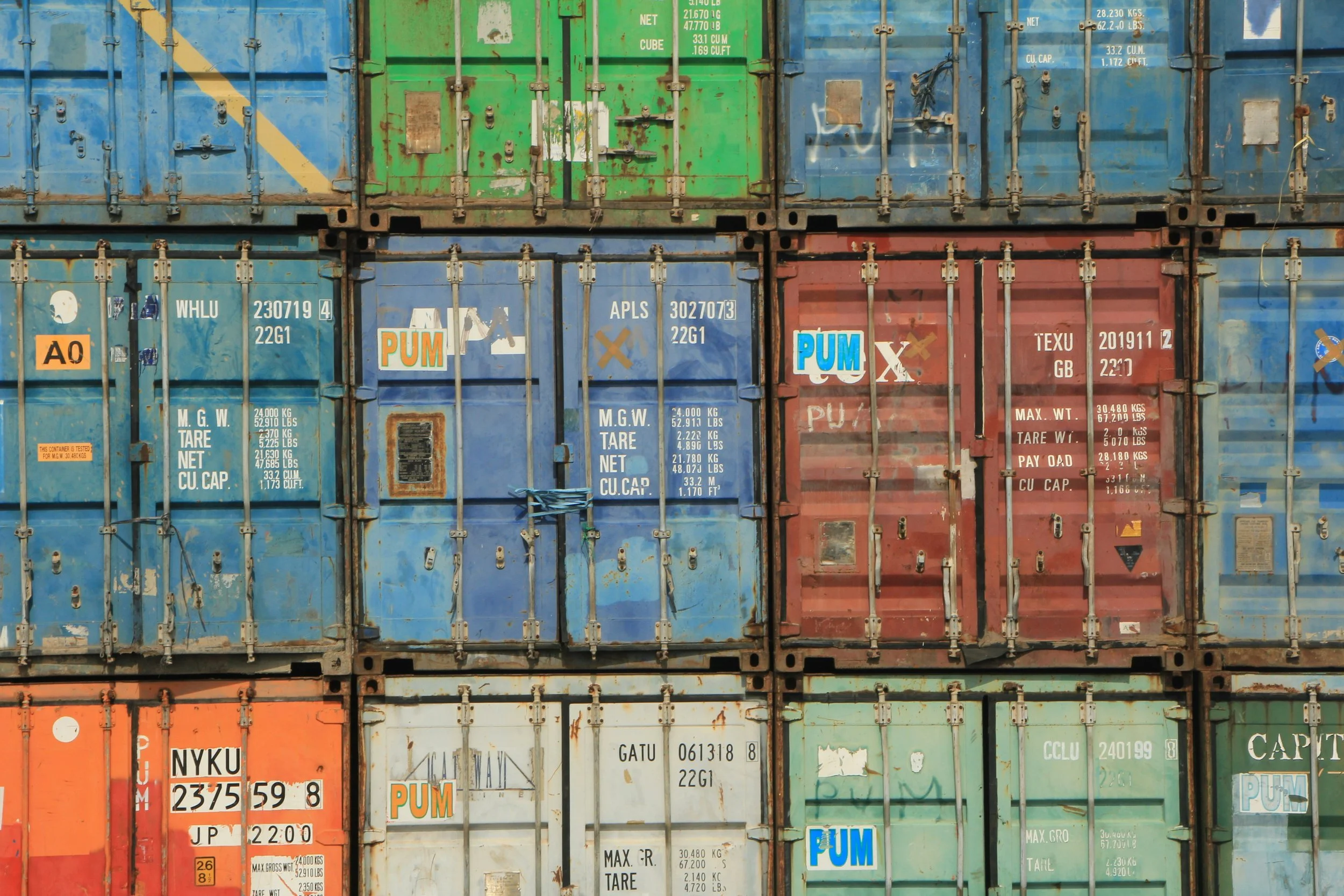Current Operations at the Port’s Terminal 115
Terminal 115 has a long history serving the Pacific Northwest through maritime and industrial services. The terminal got its start as a wooden boat and airplane manufacturing facility and over time transitioned to supporting leaders in the cold storage industry and container shipping for Alaska and Hawaii.
Today the terminal continues to operate as a working port.
Click the images below to learn more about Terminal 115’s current tenants!
Lineage, Inc.
Lynden Logistics
Lineage, Inc.
Local Roots, Global Reach
Lineage, Inc. (formerly Lineage Logistics) operates the cold storage warehouse currently at Terminal 115. They are the world's largest temperature-controlled warehousing company, managing over 480 refrigerated facilities globally across North America, Europe, and Asia Pacific.
The company's story actually began right here in Seattle back in 2008. Today, Lineage operates 40 facilities across Washington, Oregon, and Idaho, making them a significant player in global food distribution, particularly here in the Pacific Northwest.
Lineage Cold Chain 101
What Happens Inside a Cold Storage Warehouse?
Keeping Food Fresh & Frozen
Cold storage facilities like the one present at Terminal 115 maintain precise temperatures (anywhere from -10°F (frozen solid) to 35°F (refrigerated)) depending on what is being stored. These facilities operate 24/7 to ensure consistent temperature control and accommodate shipping schedules.
Products Stored at Lineage, Inc.:
Frozen seafood caught in Alaska and Pacific waters
Fresh and frozen fruits and vegetables awaiting distribution
Food products held temporarily under U.S. Customs supervision before being released for sale
Inventory for regional food processors, restaurants, and grocery distributors
Daily Operations
Workers coordinate with shipping schedules, manage inventory using computerized tracking systems, and load/unload refrigerated trucks to keep temperature-sensitive goods moving through the supply chain to stores and restaurants across the region. Lineage does not operate a dock facility, but some of the product does ship directly to Lynden, their terminal neighbor.
Lynden Logistics
Marine Cargo Services Connecting the Pacific Northwest to Alaska and Hawaii
Lynden Logistics operates marine cargo services from Terminal 115, using barge transportation to move freight between Seattle and communities throughout Alaska and Hawaii. The company is part of a larger family-owned transportation network that provides shipping services by land, sea, and air, with specialized expertise in serving remote and rural locations.
From this waterfront location, Lynden transports containerized and breakbulk cargo to more than 100 communities across Central, Western, and Arctic Alaska, as well as Hawaii. These shipments are essential to sustaining life and economic activity in remote areas with limited transportation options.
What is Containerized vs. Breakbulk Cargo?
Containerized Cargo: Goods transported within standardized shipping containers, which are large, reusable metal boxes designed for easy transfer between different modes of transport like ships, trains, and trucks.
Breakbulk Cargo: Oversized or irregularly shaped items that don't fit in standard containers and must be loaded individually onto barges. Examples include construction equipment, vehicles, large machinery, building materials, and fuel tanks.
Marine Cargo at Terminal 115
Types of Cargo Include:
Construction materials and building supplies
Retail goods and consumer products
Food supplies and groceries
Equipment for fishing, energy, and mining industries
Vehicles and heavy machinery
Solid and hazardous waste going back to the lower 48 states
Containerized Cargo
How Marine Cargo Moves Through Terminal 115
Follow a shipment’s journey from Terminal 115 to Alaska or Hawaii!
1. Cargo Arrival → Unloading
Cargo arrives by truck, rail, or barge and is unloaded at the waterfront dock using cranes, forklifts, and specialized handling equipment.
2. Staging → Temporary Storage
Containers and materials are moved to staging areas where they await the next leg of their journey—sometimes for a few hours, sometimes for several days.
3. Coordination → Scheduling
Behind the scenes, Lynden coordinates with trucking companies and schedules barge departures based on tides, weather, and delivery deadlines. Barges typically run on weekly schedules to Alaska and Hawaii.
4. Loading → Departure
In the days before a barge departs, crews load cargo efficiently to maximize space and ensure safe transport across open water.
Shipping to Skagway, Alaska





